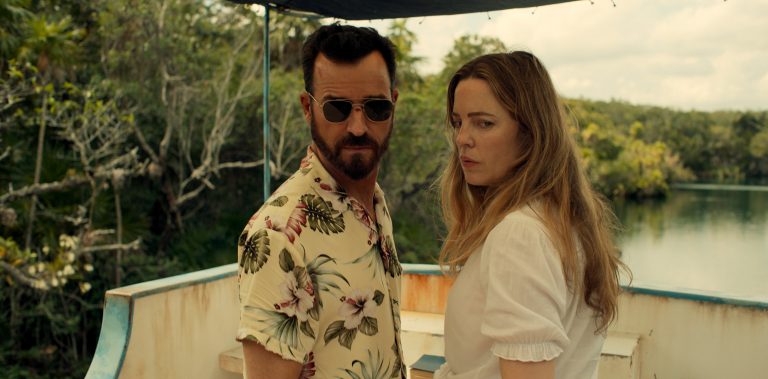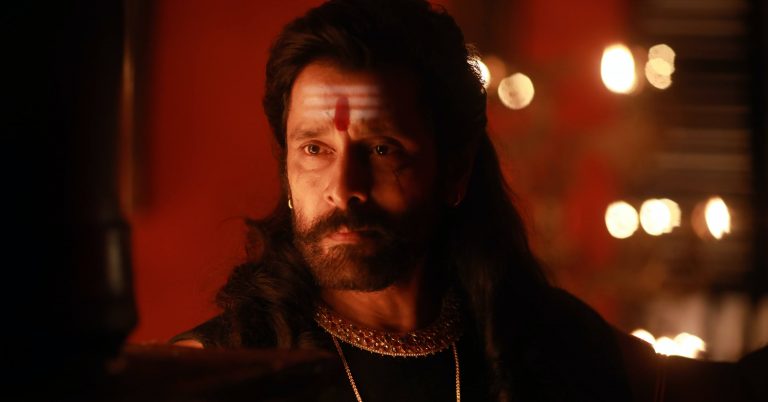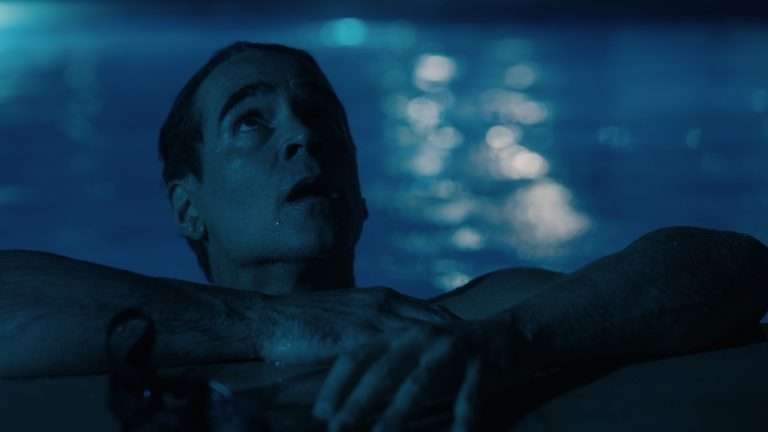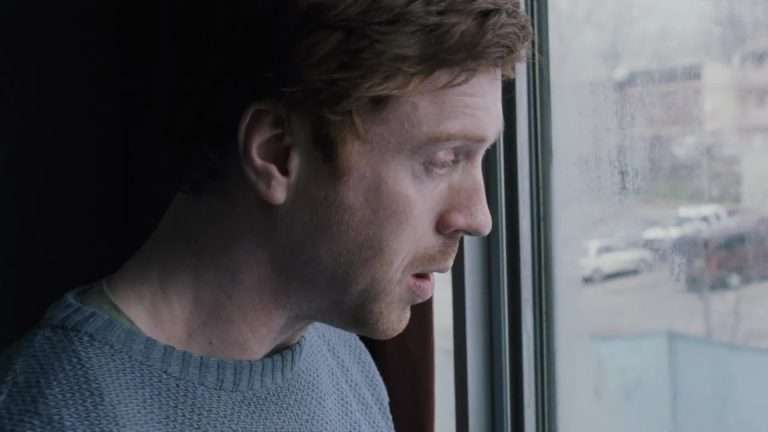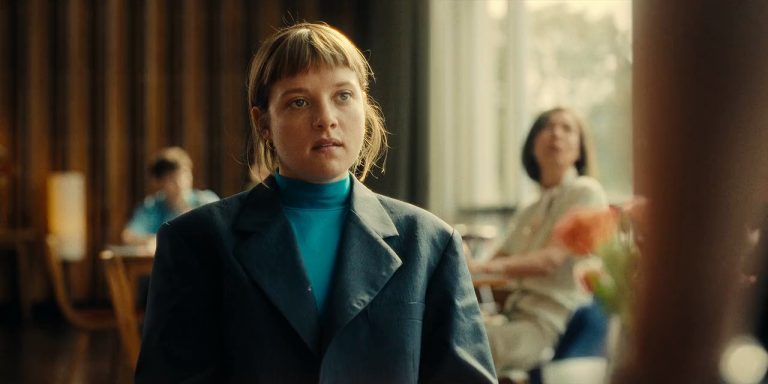The stunt performers are unsung heroes, especially for big-budget productions like Hollywood. The disparity and thus appreciation for stunt performers become more and more pronounced when productions in action films utilize more practical set pieces and stunt performers rather than the liberal overuse of CGI. Even in those CGI segments, stunt performers are used sometimes not actually to damage the “merchandise”—the actors or the marquee stars.”.
While action movie aficionados or audiences are appreciative of the stuntmen, part of the job of the stunt doubles or coordinators is to maintain the verisimilitude of the vision of the director or the entertainment aspect of the film in general. It’s a similar concept to the unwillingness to learn how the sausage is made, preferring instead to appreciate the sausage itself. It’s comparable to how a movie with the best editing should ideally be one where the patchwork is almost invisible.
“The Fall Guy,” directed by David Leitch, a former stuntman, is a remake of the 1980s TV show of the same name, which follows a Hollywood stuntman on the search for the big marquee star of a movie, all the while trying to ensure that the production of the movie keeps chugging along smoothly, especially considering the film is the feature directorial debut of his love interest. The movie’s flaws notwithstanding, its existence as a love letter to stuntmen and the entire stunt-performing community at large is present in every frame and every step of the plotting and the filmmaking.
“ACTION” peels back the layers from the production standpoint of two movies under 87 North (the production house of Leitch and his wife Kelly Macdonald) and Universal Studios. It shows the meticulous behind-the-scenes working styles and agenda divisions between the first and second-unit directors, the different stuntmen involved in the process, and the detailing involved in the pre-visualization and designing of the action set pieces.
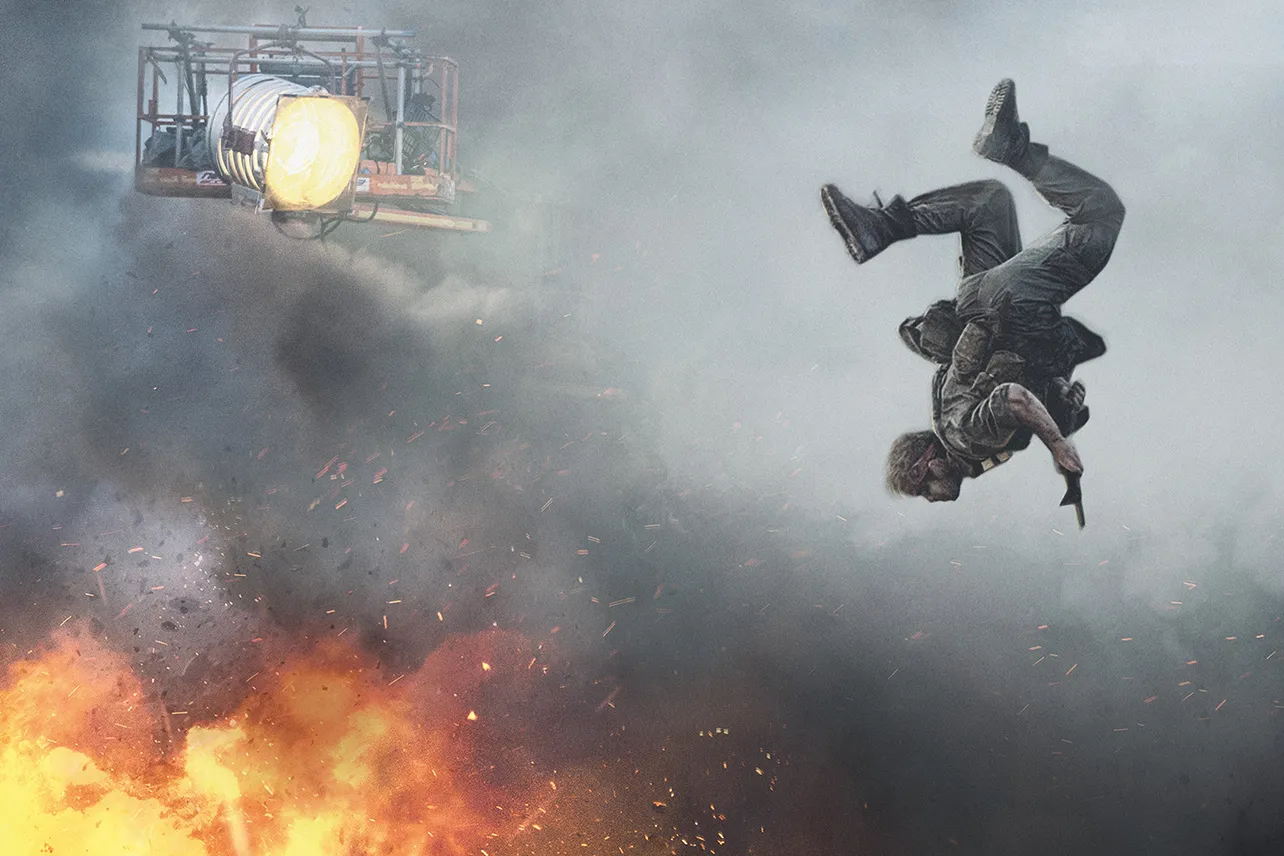
The first three episodes follow the stunt coordination team under second-unit director Jonathan Eusebio as the production of “Violent Night” goes underway even during the COVID-19 pandemic. When the docuseries is devoted to showing the process-oriented nature of the designing and choreographing of the action and how these “below-the-line” performers are so adept at pivoting and delivering within a crunch time, that’s when “ACTION” is firing on all cylinders.
It highlights the multidisciplinary, jack-of-all-trades nature of the profession that each performer brings to the table. It’s heightened, extremely calculative teamwork, but it also takes its toll not only in terms of physicality but also in terms of maintaining a healthy, emotional relationship for all these stuntmen, beyond work and having to manage their passion as well as the ambition to pursue and evolve beyond being a stunt performer.
If “Violent Night” was about close combat and fight scenes and the choreography involved, the later three episodes dive heavily into the behind-the-scenes of “The Fall Guy.” Under the sturdy hands of directors Chelsea Allen and Bridger Nielson, we follow second-unit director Chris O’Hara under the stewardship of director David Leitch. O’Hara’s team of capable and knowledgeable stunt performers design, pre-visualize, check, rehearse, and then finally execute some of the most daring stunts that have been shown in recent years (it’s a different matter that Leitch’s direction isn’t good enough to capture all those intricacies within the film).
But it is extremely compelling to watch Logan Halladay calculate the perfect angle for the cannon to explode, such that a car can roll over eight times over a flat beach surface, or for Troy Lindsay Brown to attempt an actual high fall from a helicopter over a landing bag without wires, from a height of over 150 feet.
Watching the behind-the-scenes of all these daredevil acts and then seeing the meticulous preparation behind the harness, the rigs, and all-round safety checks makes any viewer interested in cinema wonder at the unseen details that slip through the cracks to ensure high-flying entertainment is delivered on the screen, with the help of expert professionals who are doing it quite possibly for the love of the craft.
The docuseries also provides a cursory view into the behind-the-scenes budgeting afforded by a production company and the pressure stemming from that front. These details and interviews with stuntmen opening up about their thought processes while enacting these stunts, as well as interviews with director David Leitch and Keanu Reeves about the importance and temperance of the stunt community, are enough to sidestep some of the flaws of this docuseries.
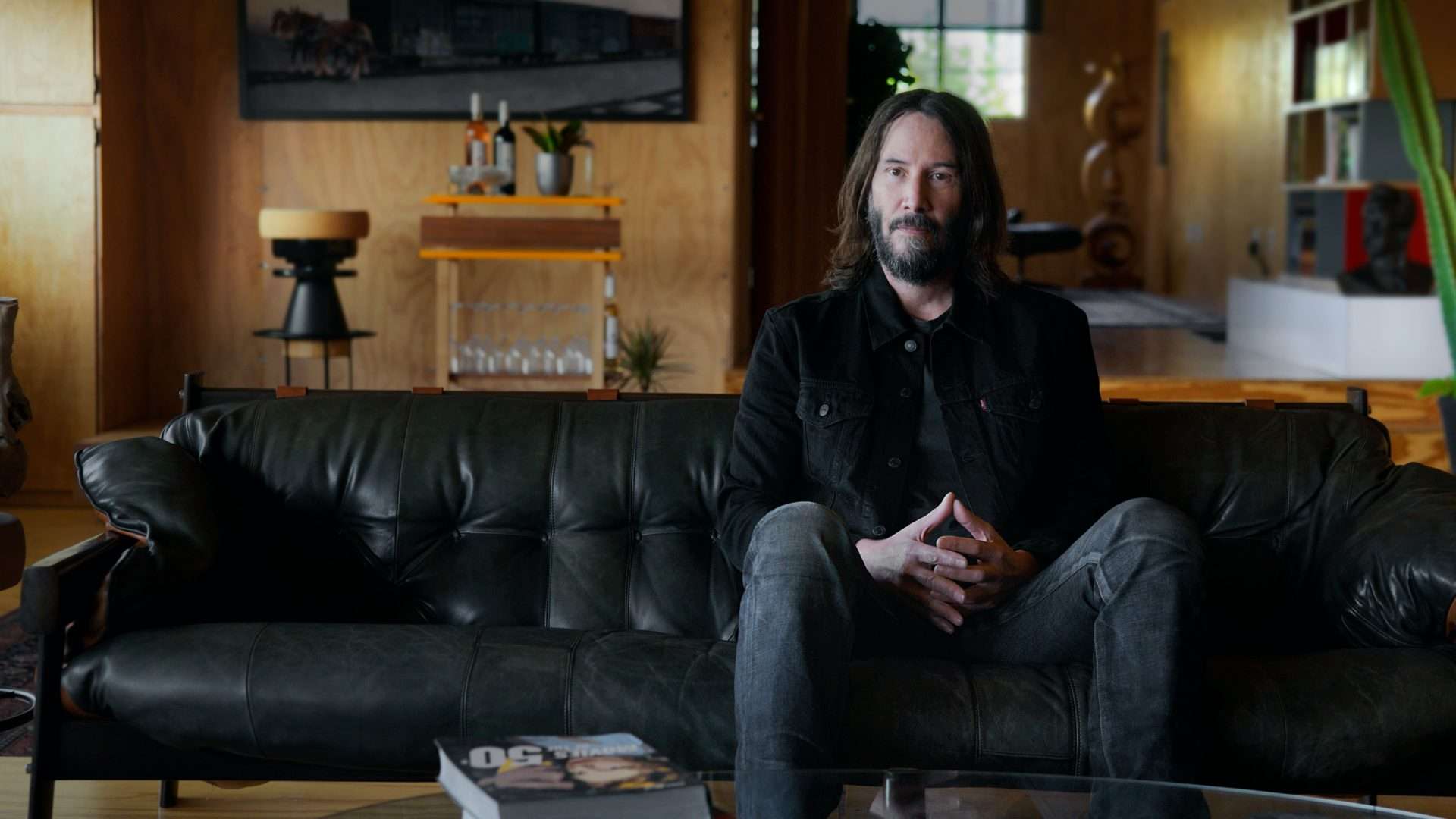
The flaws could be attributed to the conventional nature of the documentary’s narrative structure, which doesn’t allow for the product to outright show the failures of some of these stunts and set pieces. This is also reflected in the stuntmen expounding on their lives and their relationships, which take up an ample amount of real estate. It theoretically does the job of humanizing these people, bringing them in front of more eyeballs, and making these performers represent an entire community of below-the-line artisans.
However, that same humanizing could have been done efficiently by highlighting their reaction in the middle of the stunts, which the docuseries does provide anyway. Thus, those emotional moments sometimes feel like manipulative redundancies in a documentary that is already compelling.
“ACTION” is the best thing that spins out of “The Fall Guy” that is not the movie or a reunion of the original show. It accomplishes the difficult job of not just renewing my interest in rewatching both “Violent Night” and “The Fall Guy” (and perhaps reappraising them) but also enhancing my action movie fandom.
Most importantly, this documentary serves as concrete evidence to be submitted to the Academy to finally recognize the stunt community as a legitimate branch to be awarded. It’s fair to question the validity of the academy’s choices overall. However, as an effort of acknowledgment, this should be a necessary step, as articulated eloquently by Keanu Reeves at the end of the docuseries.




